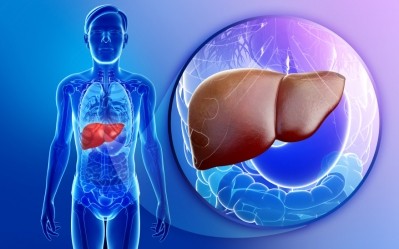Optimal nutrition vital to stopping progress of chronic liver disease in children

Over a period of 16 months, the study gathered data from 21 children between the ages of seven months and 13 years, all of whom had been diagnosed with CLD, at the Harapan Kita Women and Children’s Hospital in Indonesia.
Their physical growth and nutritional status were evaluated, and the results showed that 47.6% were moderately undernourished, 14.3% were severely undernourished, and 38% were found to display growth retardation. The study said that “malnutrition was correlated with growth failure, a low serum albumin, and elevated aspartate transaminase”.
It also stated that despite several advancements in the diagnosis and treatment of CLD, malnutrition and stunted growth remain "inexorably linked" to CLD, as evidenced by 61.9% of the study’s subjects suffering from either mild to moderate or severe undernutrition.
Malnutrition is a negative prognostic indicator of survival, especially since its presence can determine if early-stage liver transplants should be conducted. Indeed, if nutritional status cannot be improved prior to surgery, the risk of postoperative complications and mortality will be significantly higher.
Energy expenditure
At the same time, the study found that the younger the CLD patient, the greater the impact of the disease on his linear growth; all the study’s subjects who were stunted were younger than five years old. This was further compounded by “shifts in the growth hormone / insulin-like growth factor binding protein axis” caused by growth retardation, in addition to “fat malabsorption, altered metabolism, and the increase in energy expenditure in children with CLD”.
The study explained that assessing the nutritional status of children with CLD was difficult.
In order to correctly assess the nutritional status of children suffering from CLD, standard weight and height measurements should be eschewed in favour of body composition analysis, which “measures fat, cell mass, extracellular water, and fat-free extracellular solids”.
This would allow for optimal nutrition in these children, which is “essential for preventing further liver damage”. This way, the “synthesis and storage of fat and other sources of energy can be preserved and perhaps increased”, contributing to the success of liver transplantation.
Source: Asia Pacific Journal of Clinical Nutrition
Volume 26, supplement 1
“Chronic liver disease is a risk factor for malnutrition and growth retardation in children”
Authors: Ariani Dewi Widodo, et al.















